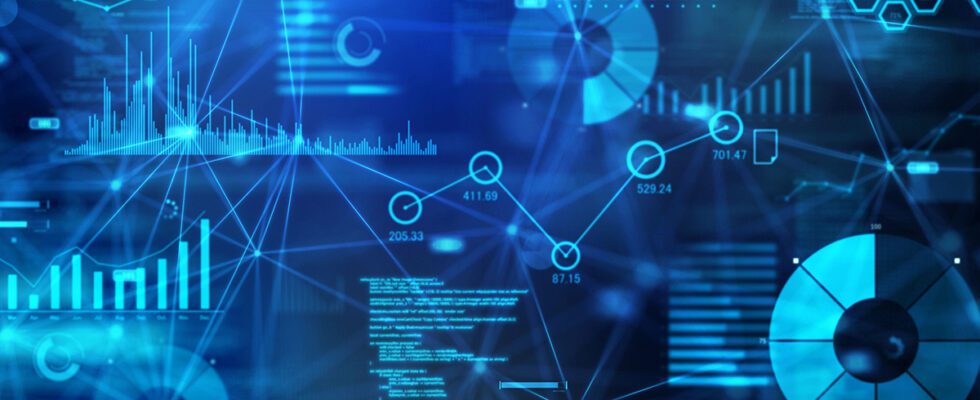OpenAI’s generative artificial intelligence tool ChatGPT has resulted in countless articles and reactions on social media. The GPT-4 avalanche is just beginning to roll down the slopes of technological hype.
Artificial intelligence nevertheless serves very concrete uses, such as within Saint-Gobain, which last month was pleased with its record results and its profound transformation.
Data in Saint-Gobain’s strategic plan
The manufacturer is particularly keen to highlight its successful use of innovation. And data plays an important role in this innovation process, the company and Nicolas Cornet, Head of Data & AI Engineering, want to point out.
Among the uses implemented, Saint-Gobain cites digital twins, simulation, real-time supervision and chatbots. Data figures, as in other companies, on the strategic plan.
At Saint-Gobain, the exploitation of data must therefore constitute a strong driver of growth over the decade. Since 2020 already, now classic uses have been deployed, for example to reduce attrition or help commercial action.
Benoît Lepetit, data and analytics group director, estimated the value of these applications at 50 million euros in 2020 on distribution activities. Other uses of the data have been developed.
Saint-Gobain had set itself the objective of making data play a central role in the decarbonization of the housing sector. To explore and deploy these applications, including those focused on AI, the company has 75 data scientists.
75 data scientists and 100 AI projects per year
These experts are not concentrated within a central entity. They are indeed distributed among 16 business units and research centers, indicates the group. In total, data scientists are involved in more than a hundred AI projects per year.
Saint-Gobain does not specify how many of these projects finally arrive in production, nor how many AI models are actually deployed and adopted by the businesses today. However, these are major indicators for judging a company’s level of maturity.
Nevertheless, the manufacturer clearly demonstrates a desire to accelerate on AI. It announces that in 2022 it will have four “technical accelerators” to support the work of its data scientists.
In addition, it has an AI Portal or IA portal. Its goal: “capitalize on knowledge in artificial intelligence and connect data scientists with each other”. To carry out the projects, the experts also have two platforms: AI Lab and AI Indus.
These tools intervene to allow the standardization of algorithms and the acceleration of their deployment in the cloud. Another lever intended to shorten development times: the AI Store.
AI Store, AI Lab and AI Indus to pool and accelerate
The library serves development pooling objectives. The AI Store thus hosts applications qualified as “ready to use”. These are described as “elementary bricks that will allow a new team to create an algorithm not in six months, but in just a few weeks”. Is this a reference to the feature store of an MLOps approach?
Tools and uses of AI should ultimately enable Saint-Gobain to shorten the time-to-market of innovative products, to “multiply the profitability of offers”, to optimize industrial processes or to help control the carbon footprint.
In an article published a year earlier, the company already highlighted the advantages of data in the field of the environment. By the uses tested or envisaged: measurement of the carbon footprint, management of raw materials and waste or eco-design.
To reduce energy consumption within its subsidiary Placo, a plasterboard manufacturer, the manufacturer has, for example, combined data analysis and IoT sensors. He can thus optimize a step in a production process.
“Combustion can be controlled precisely thanks to an algorithm which makes it possible to adapt the intensity of the dryers thanks to sensors on gas consumption”, explains Benoît Lepetit.
In April 2022, the project was being tested at around ten group sites. The ambition: “allow a significant reduction in the CO2 consumption of each production line” – and no doubt also take care of the CSR balance sheet.
